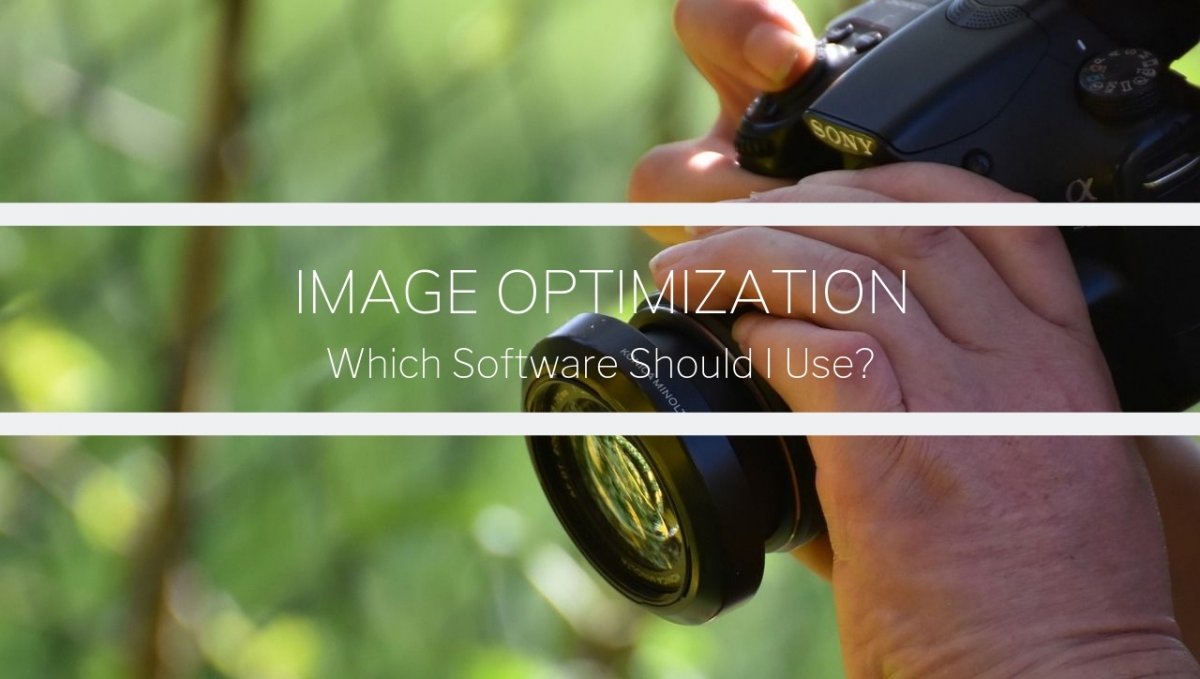Introduction
Last time we looked at the basics on how to resize and optimize pictures in Microsoft Windows 10. You can look check the blog here. Now, let’s explore some other options. You can go for an online image compressor, or you can do a software image compressor.
Online Image Compressors
There are a variety of image compression tools online that you can use. Here are a few that I found the most useful:
- compressor.io is probably the best image compressor. It allows for multiple file formats such as JPEG, PNG, GIF, and SVG. It also does both lossless and lossy compression. It also has very minimal ads.
- OptimiZilla is nice because you can compress your image based on how much quality you want. It also has an instant preview so you can see how it will look beforehand.
- kraken.io can allow you to resize your images to a certain width and length if that’s what you are looking for.
Software Image Compressors
Here are two FREE AND OPEN SOURCE software image compressors that I found useful. Here is one for each operating system:
- FOR WINDOWS:
- Caesium is a lightweight, fast, and easy to use software compression tool. It allows you to choose your image quality, as well as resize your photos at the same time! You can also batch compress as many files as needed!
- FOR MAC:
- ImageOptim works just as well for Macintosh computers, runs several different optimization tools automatically and combines the results. It has a very easy to use drag and drop user interface. It also has much more aggressive optimization ability if you are really trying to go for the smallest file size.
Which Image Compressor Should I Use?
If you are only going to be compressing a few files at a time, then an online compressor will probably be fine for you. Some online compressors will only compress one picture at a time. Other online compressors may only compress up to 10 MB worth of images. If you are needing to do large batches of files at a time, I recommend the software image compressors listed above, as they can work based on your computer’s speed and probably get the job done much faster.
What is the Difference Between Lossless and Lossy Compression?
- Lossless compression means that every single bit of data that was originally in the file before is intact even after it is compressed. It can reduce file size without compromising the original quality of the image. It can also be reconstructed back to its original form.
- Lossy compression slightly degrades the data, but not noticeably. It will take out bits of redundant data, making images not as “sharp” as the original. Highly compressed lossy images will look pixelated, whereas a lossless image will not.
Conclusion
Take care to compress images accordingly. For slider images, they shouldn’t be compressed too much. Thumbnail pictures, on the other hand, can be compressed more than others. Resize images to the size you would like to see in your website and see if it looks pixelated. If it does, you might want to do less compression. Experiment what works for you, and have fun with it!
